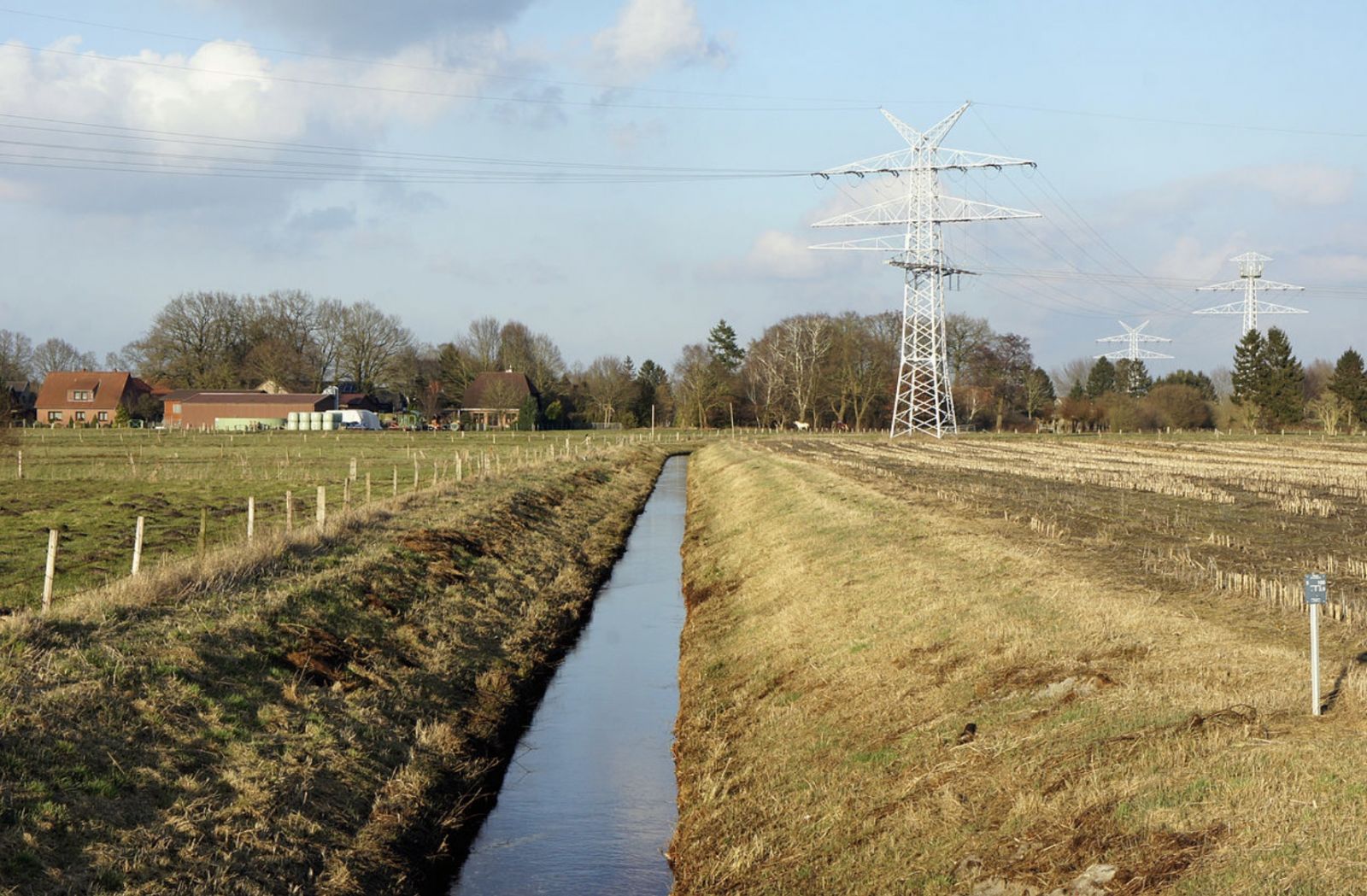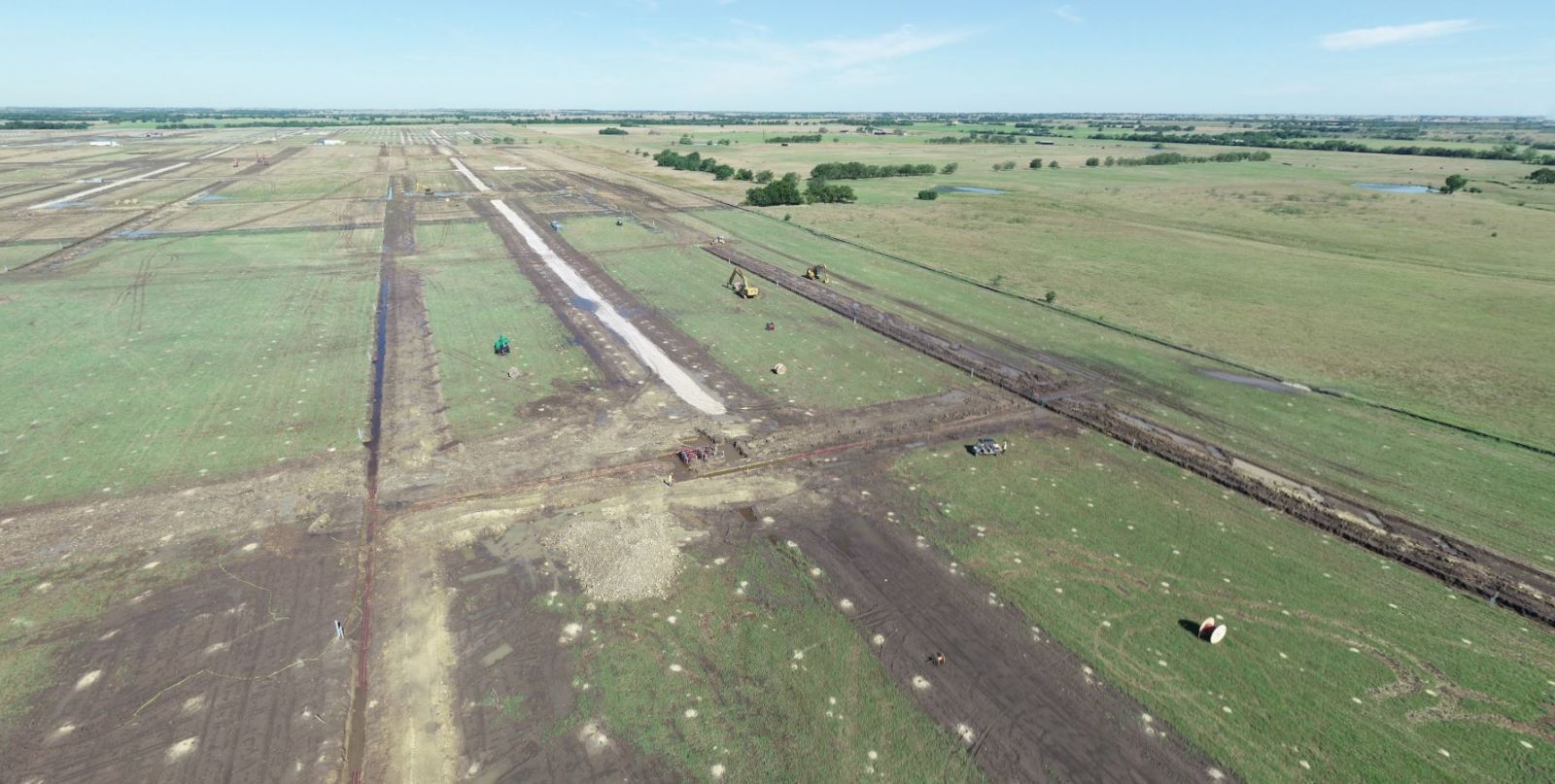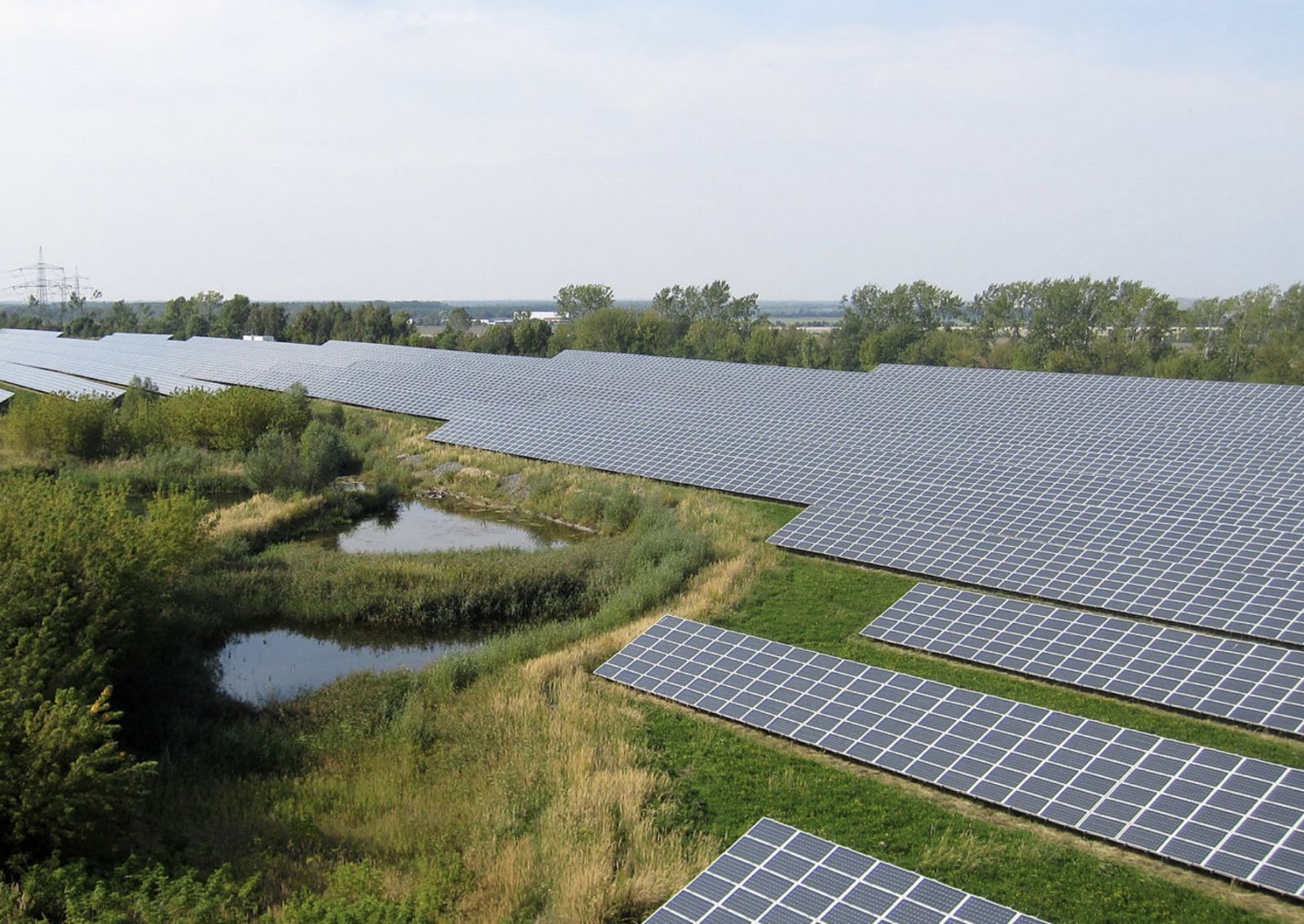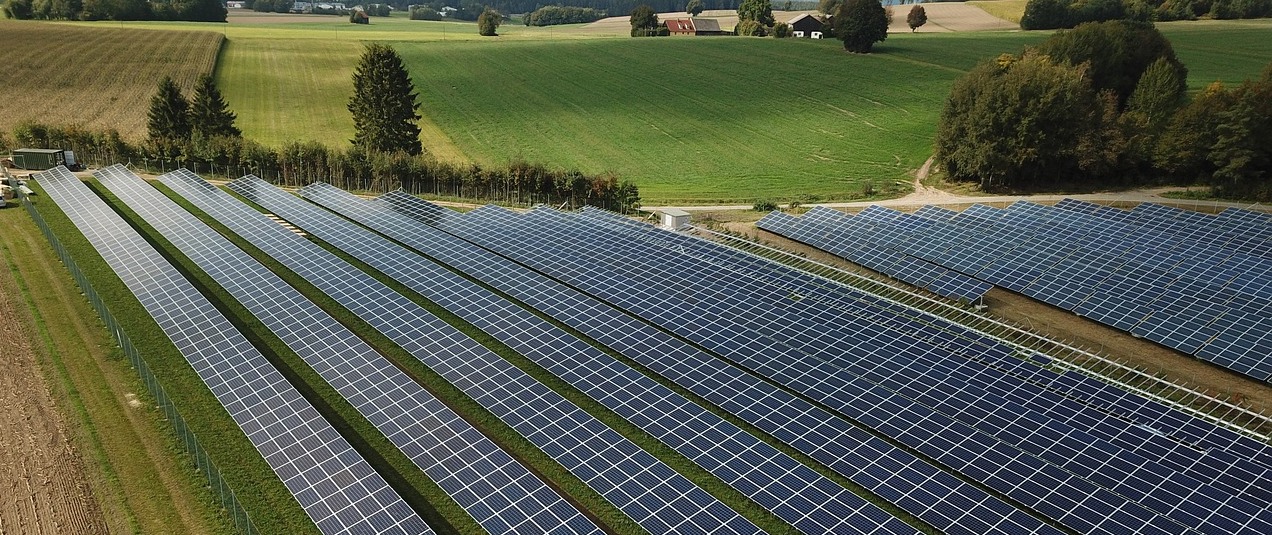The Unexpected Ways Changes to the Clean Water Act Impacts Solar Projects
The Clean Water Act is a critical piece of legislation that helps to protect our water resources. However, changes to the act recently proposed by the Biden Administration could have a significant impact on solar projects across the country. In this article, we'll take a closer look at these changes and explore how they could affect solar development. We'll also discuss some of the potential consequences of these proposed changes. It turns out that the new rules may make it more difficult for solar projects to get approved due to increased red tape and bureaucratic hassles. What does this mean for the future of solar in America? Let’s continue to understand these impacts.
How the CWA affects solar
The Clean Water Act (CWA) is a key piece of legislation in the United States that governs how water bodies are managed. The CWA was first passed in 1972, and has been amended several times, most recently in 2015 with the passage of the Waters of the United States Rule (WOTUS).

The CWA regulates what can and cannot be discharged into water sources. It made dumping pollutants into a (navigable) water source illegal without a permit. You can read additional info here on the EPA’s website. While many parts of the CWA haven’t changed, there have been some significant changes to how it impacts solar projects.
Early changes to the CWA
In 2020, the Trump Administration’s EPA and Army Corps of Engineers clarified which waters were protected by federal jurisdiction on the Waters of the United States (WOTUS) in the Clean Water Act (CWA) with the Navigable Waters Protection Rule (NWPR). While maintaining protections for clean water, the 2020 rule preserved state authority over waters within their state and clearly defined what waters are subject to state and local protections vs. federal oversight. Further, NWPR clarified the ephemeral streams are not under jurisdiction of CWA and eliminated the nebulous significant nexus test to determine classification as WOTUS.

As is common in administration changes, the rule proposed by the Trump Administration was placed under review by the new Biden administration. In August 2021, the Arizona US District Court vacated the NWPR; all reviews are done using the pre-2015 regulations. Biden's administration has proposed new changes that redefine WOTUS again, potentially broadening the types of waters to be protected.
Latest CWA changes impacting solar
The Biden Administration’s proposed changes to the definition of “WOTUS” would include those having “significant nexus” to waters of the United States (WOTUS, thus under federal jurisdiction). The concept of “significant nexus” is a key change, and implies bodies of water that connect.
This could classify waterways on private property (that only see water because of precipitation), streams, canals, dry riverbeds, and drainage basins as federal jurisdiction. Specifically, the proposed changes will focus on restoring protection to ephemeral streams, ditches, and adjacent wetlands.

The intended effect is to prioritize clean drinking water and keep the biospheres pristine. However, changing the definition of WOTUS by including those that share a “significant nexus” creates regulatory uncertainty on not just solar projects, but also other commercial development and even private property owners.
These new rules also expose solar projects to additional federal jurisdiction and oversight, which results in cumbersome and expensive permitting.
The following are three ways a developer can mitigate wetland impacts:
- Avoid, Avoid, Avoid! If you cannot avoid the water features, minimization is the best practice.
- Staying within the thresholds of the Nation Wide Permits (NWP) is key to utilize NWP 51 and 57. NWP 51 has been specifically issued for renewable energy projects and has a 1/10 of an acre threshold. NWP-57 is the replacement NWP for the revisions to NWP-12 for utility line crossings and includes provisions for access roads. The NWPs have been reissued in 2021, so they are readily available for use by developers. The prerequisite is to file a Preconstruction Notification (PCN) with the local Corps office prior to any impacts.
- Lastly, do not forget to consult with the local state office as well for compliance with section 401 of the CWA. State impacts are not always evaluated the same. States like New York have very stringent evaluation means and methods on what constitutes an impact.
The Clean Water Act (CWA) is a key piece of legislation in the United States that governs how water bodies are managed. It's been an important law for many years and has helped to protect our nation’s waterways from pollution, but recent changes proposed by the Biden administration will make permitting more challenging on solar projects.

Not only can these changes create regulatory uncertainty on solar projects, they also subject them to cumbersome and expensive permitting requirements. This ambiguity adds renewable energy development uncertainty when it comes to dealing with private waters within state jurisdiction, or even just being near these types of waters at all.
In addition to thorough research and consultation with experienced hydrology experts, developers of projects over the next several years should stay abreast of challenges to the CWA as the Supreme Court (SCOTUS) agreed to take another look at the definition of WOTUS, granting Certiorari in Sackett, Michael, et ux. V. EPA, et al on January 24th.
Robert Wilson, III is Development Manager at Q CELLS USA, Hanwha Solutions US renewable energy platform that develops, constructs, and owns photovoltaic (PV) and energy storage systems (ESS) throughout North America.
Q CELLS USA | www.qcellsusa.com
Author: Robert Wilson, III
Volume: 2022 March/April











.png?r=3529)
